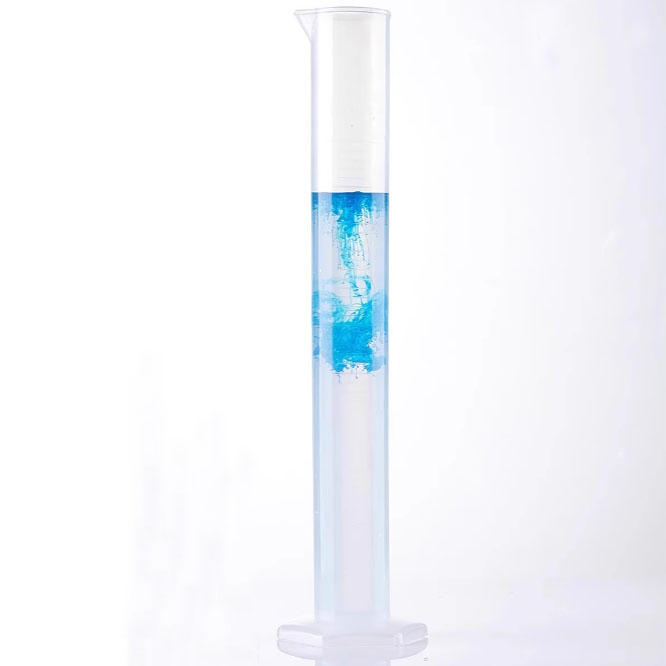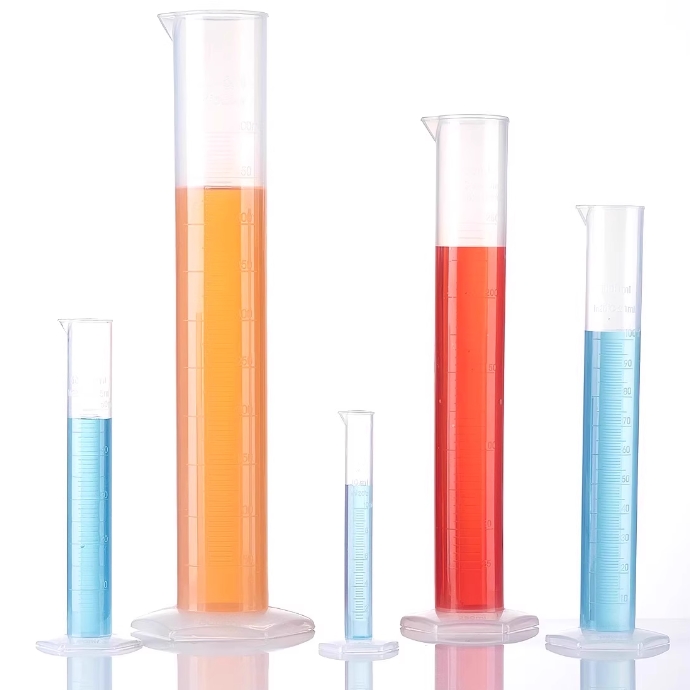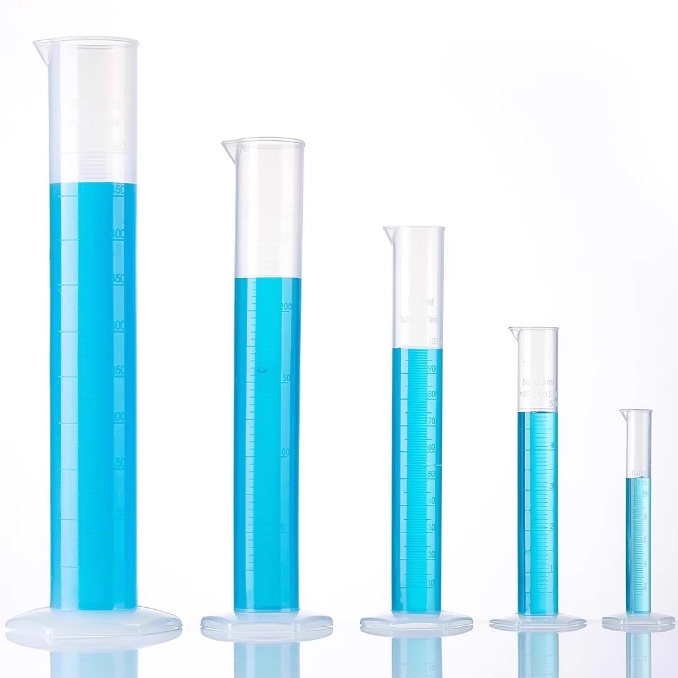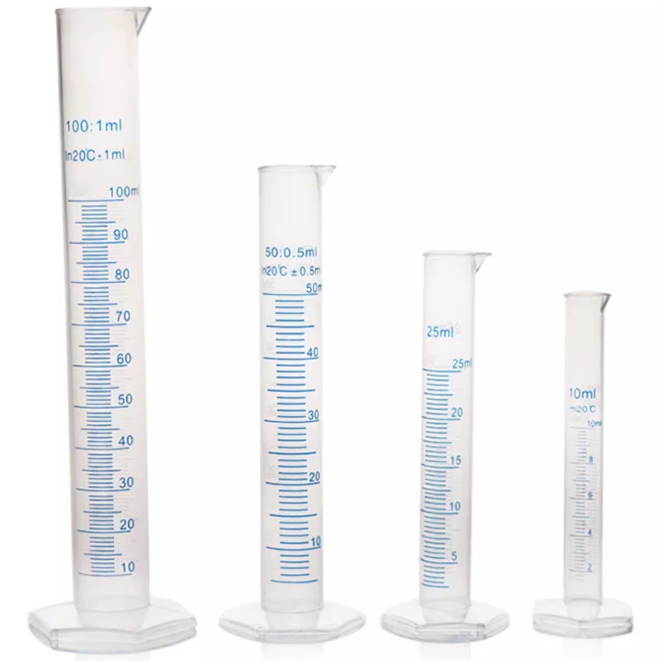tiandi@tiandicn.com / lab-glassware@tiandicn.com
+86-515-88631536 / +86 13912566435
+ 86 19551521639
Tiandilabware
Product introduction
Measuring cylinder is a common measuring tool used in the laboratory to measure the volume of liquids. The PP material has a low density, is lightweight, is stable to water, has good resistance to bending fatigue, and is resistant to a variety of chemical reagents. It is expressed in terms of the maximum capacity that can be measured (mL). Commonly used ones are 10mL, 25mL, 50mL, 100mL, 250mL, 500mL, 1000mL, etc. The outer wall scale is in mL. The larger the measuring cylinder, the thicker the tube diameter, and the lower the accuracy. There is no "0" scale, and the general starting scale is 1/10 or 1/20 of the total volume. When using it, wait for 1-2 minutes after injecting the liquid to allow the liquid attached to the inner wall to flow down, and then read the scale value.
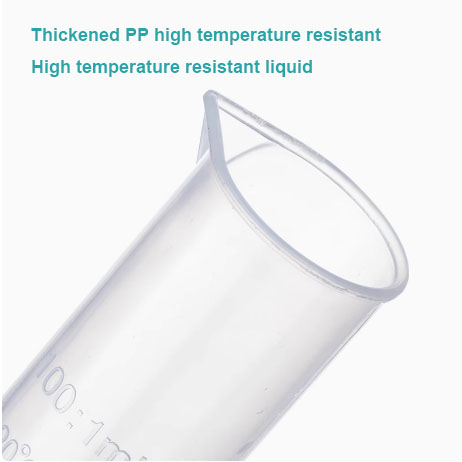
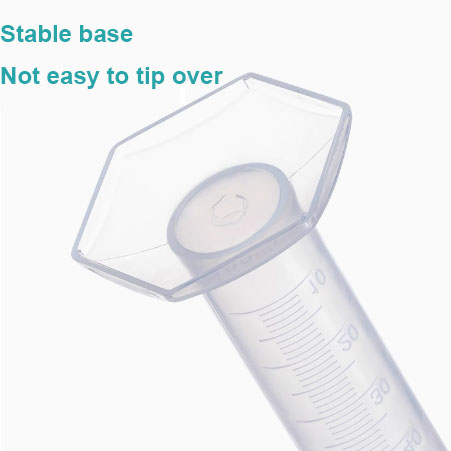
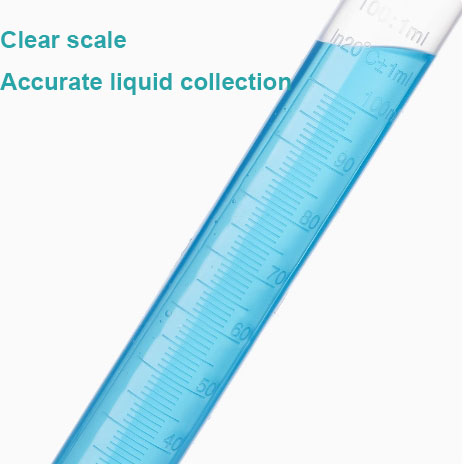
Product features
(1) Lightweight material: It is easier to carry and operate than glass measuring cylinders. It has a certain degree of chemical corrosion resistance. Plastic measuring cylinders of different materials have good tolerance to different chemical reagents. It has strong impact resistance, is not easy to break, and has high safety.
(2) Appearance and scale: Good transparency, convenient for observing liquid. The scale is clear and wear-resistant, and can accurately read the liquid volume for a long time.
(3) Performance: High measurement accuracy, which can meet the requirements of general experiments for liquid volume measurement. Easy to operate, easy to pick up and pour liquid.
(4) Cost and maintenance: Low cost, high cost performance. Easy to clean, not easy to leave liquid and dirt, not easy to break and damage, and low maintenance cost.
Product specifications
| Cat.No. | Capacity(ml) | PC/CTN |
| TD-B1-1 | 10 | 2000 |
| TD-B1-2 | 25 | 1500 |
| TD-B1-3 | 50 | 1000 |
| TD-B1-4 | 100 | 200 |
| TD-B1-5 | 250 | 100 |
| TD-B1-6 | 500 | 100 |
| TD-B1-7 | 1000 | 50 |
| TD-B1-8 | 2000 | 20 |
Product applications
(1) Chemical experiments: used to accurately measure various chemical reagents, such as measuring acid and alkali solutions in acid-base neutralization titration experiments, and measuring water and solute solutions when preparing solutions with a certain concentration of a substance.
(2) Biological experiments: used to measure various liquid reagents in biological experiments, such as measuring culture fluid, buffer solution, etc. in microbial culture experiments, and measuring cell culture fluid, trypsin, etc. in cell experiments.
(3) Pharmaceutical industry: In the process of drug production, it is used to measure various raw liquids, solvents, etc. to ensure the accurate ratio of drug ingredients.
(4) Environmental monitoring: In environmental water sample testing, a certain volume of water samples is measured for analysis of various indicators, such as pH, heavy metal content, etc.
(5) Education and teaching: In school chemistry, biology and other experimental courses, it is used as a basic measuring tool for students to conduct experimental operations, helping students understand and master the measurement method of liquid volume and experimental operation skills.
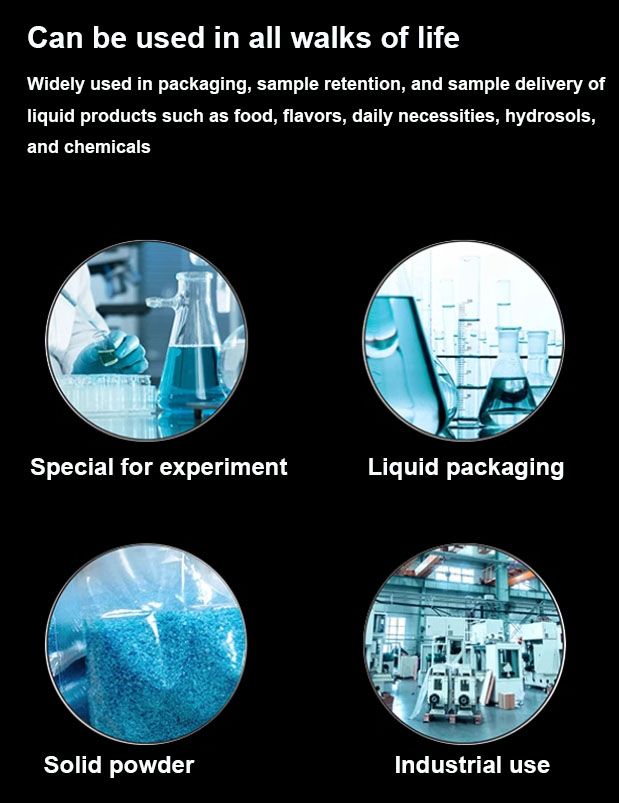
- Previous:
- Next:Measuring cylinder with blue scale

